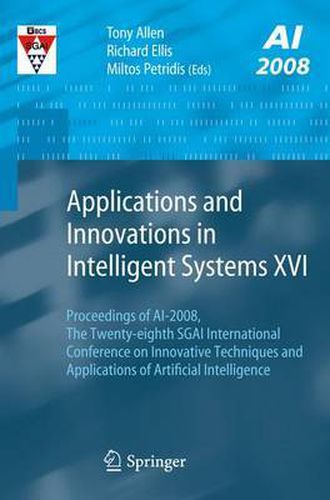Readings Newsletter
Become a Readings Member to make your shopping experience even easier.
Sign in or sign up for free!
You’re not far away from qualifying for FREE standard shipping within Australia
You’ve qualified for FREE standard shipping within Australia
The cart is loading…






This title is printed to order. This book may have been self-published. If so, we cannot guarantee the quality of the content. In the main most books will have gone through the editing process however some may not. We therefore suggest that you be aware of this before ordering this book. If in doubt check either the author or publisher’s details as we are unable to accept any returns unless they are faulty. Please contact us if you have any questions.
Swallowing sound recognition is an important task in bioengineering that could be employed in systems for automated swallowing assessment and diagnosis of abnormally high rate of swallowing (aerophagia) [1], which is the primary mode of ingesting excessive amounts of air, and swallowing dysfunction (dysphagia) [2]-[5], that may lead to aspiration, choking, and even death. Dysphagia represents a major problem in rehabilitation of stroke and head injury patients. In current clinical practice videofluoroscopic swallow study (VFSS) is the gold standard for diagnosis of swallowing disorders. However, VFSS is a ti- consuming procedure performed only in a clinical setting. VFSS also results in some radiation exposure. Therefore, various non-invasive methods are proposed for swallowing assessment based on evaluation of swallowing signals, recorded by microphones and/or accelerometers and analyzed by digital signal processing techniques [2]-[5]. Swallowing sounds are caused by a bolus passing through pharynx. It is possible to use swallowing sounds to determine pharyngeal phase of the swallow and characteristics of the bolus [2].
$9.00 standard shipping within Australia
FREE standard shipping within Australia for orders over $100.00
Express & International shipping calculated at checkout
This title is printed to order. This book may have been self-published. If so, we cannot guarantee the quality of the content. In the main most books will have gone through the editing process however some may not. We therefore suggest that you be aware of this before ordering this book. If in doubt check either the author or publisher’s details as we are unable to accept any returns unless they are faulty. Please contact us if you have any questions.
Swallowing sound recognition is an important task in bioengineering that could be employed in systems for automated swallowing assessment and diagnosis of abnormally high rate of swallowing (aerophagia) [1], which is the primary mode of ingesting excessive amounts of air, and swallowing dysfunction (dysphagia) [2]-[5], that may lead to aspiration, choking, and even death. Dysphagia represents a major problem in rehabilitation of stroke and head injury patients. In current clinical practice videofluoroscopic swallow study (VFSS) is the gold standard for diagnosis of swallowing disorders. However, VFSS is a ti- consuming procedure performed only in a clinical setting. VFSS also results in some radiation exposure. Therefore, various non-invasive methods are proposed for swallowing assessment based on evaluation of swallowing signals, recorded by microphones and/or accelerometers and analyzed by digital signal processing techniques [2]-[5]. Swallowing sounds are caused by a bolus passing through pharynx. It is possible to use swallowing sounds to determine pharyngeal phase of the swallow and characteristics of the bolus [2].